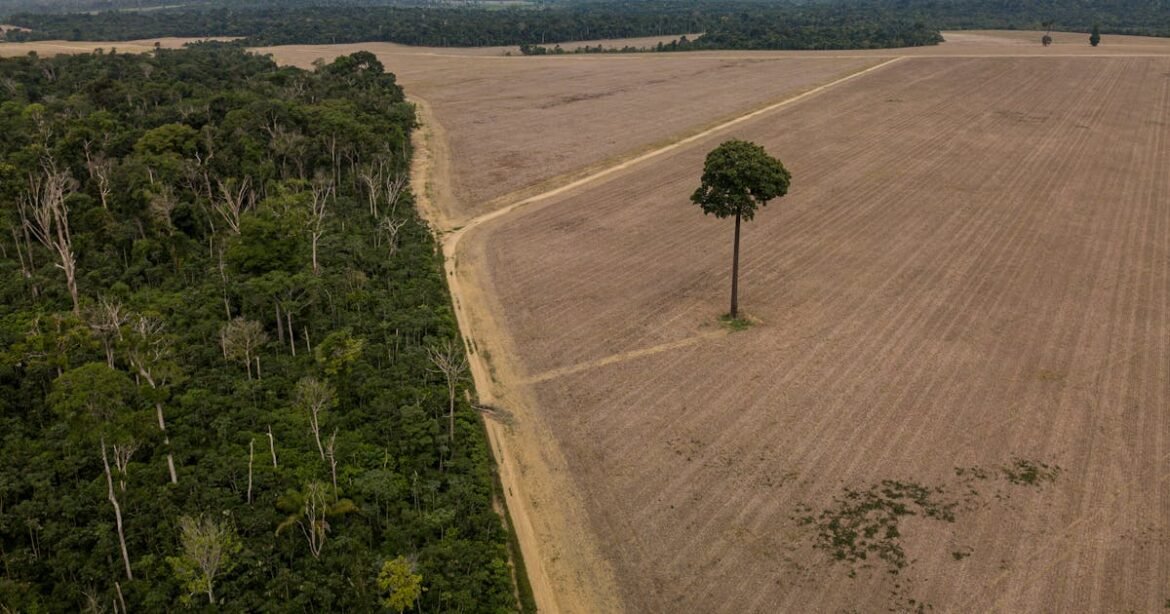Neil Vora isn’t just an expert on infectious diseases, pandemics and nature conservation. He also considers himself something of a savant on dystopian fiction.
When Vora, an epidemiologist at Conservation International, isn’t treating tuberculosis patients or speaking to audiences about human health and deforestation, he spends his time watching movies and reading stories about contagions and other doomsday scenarios.
It might seem odd to seek distraction in horrors. But in a new essay published this week in Atmos, Vora explains how the history of doomsday narratives illuminates something surprising for our future: hope.
Vora writes in Atmos:
“As much as I enjoy these modern dystopian depictions, I admit, they’re misleading. While they help us diagnose the threats we face, they fall short on remedies even when they exist. They present the end of the world as inevitable. They feed a pernicious, centuries-long theory some hold about human behavior: that the ‘thin veneer’ of order and governance keeping society afloat can shatter at any moment, giving way to innate, brutish human tendencies. This nihilist impulse is a bigger threat than any ghost, werewolf, or other terror — because hopelessness is a self-fulfilling prophecy.”
Read the full essay here.
Further reading:
Max Marcovitch is a staff writer at Conservation International. Want to read more stories like this? Sign up for email updates. Also, please consider supporting our critical work.

